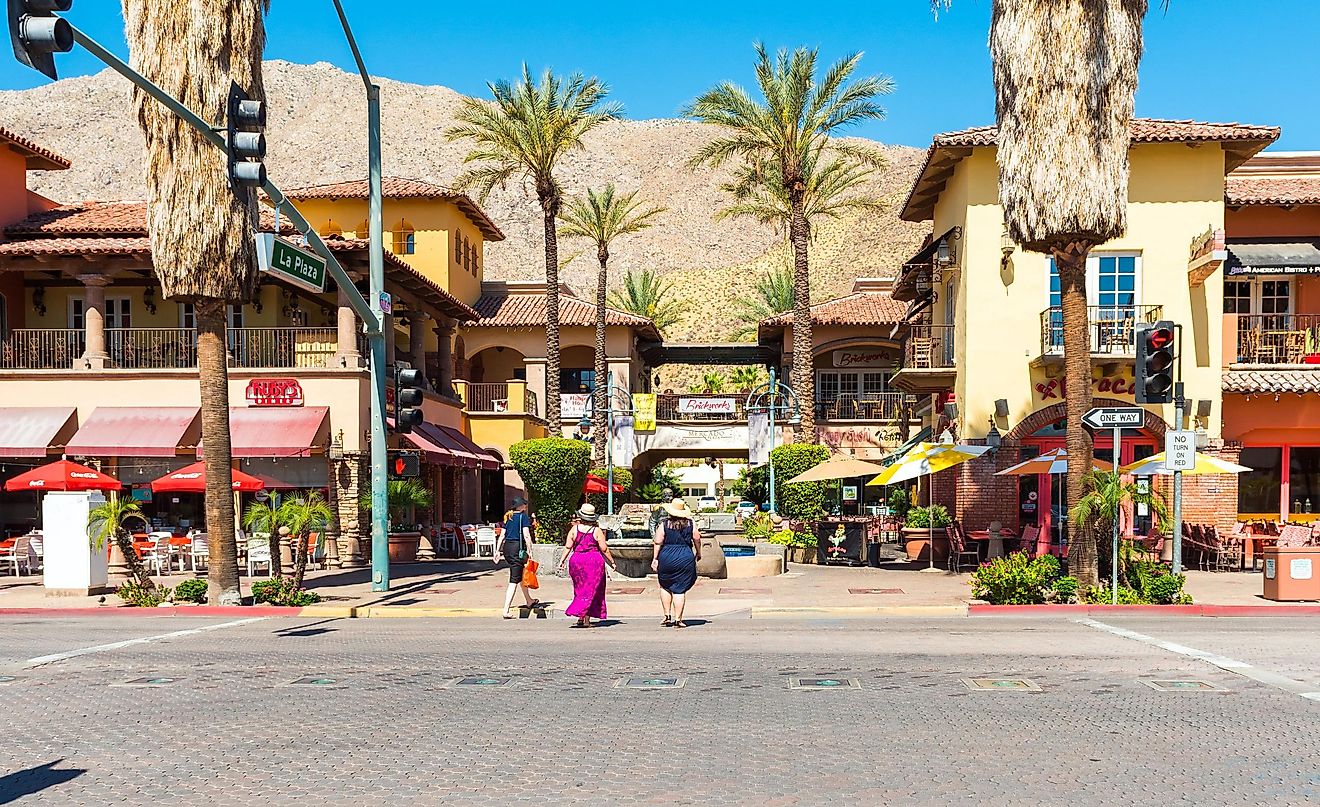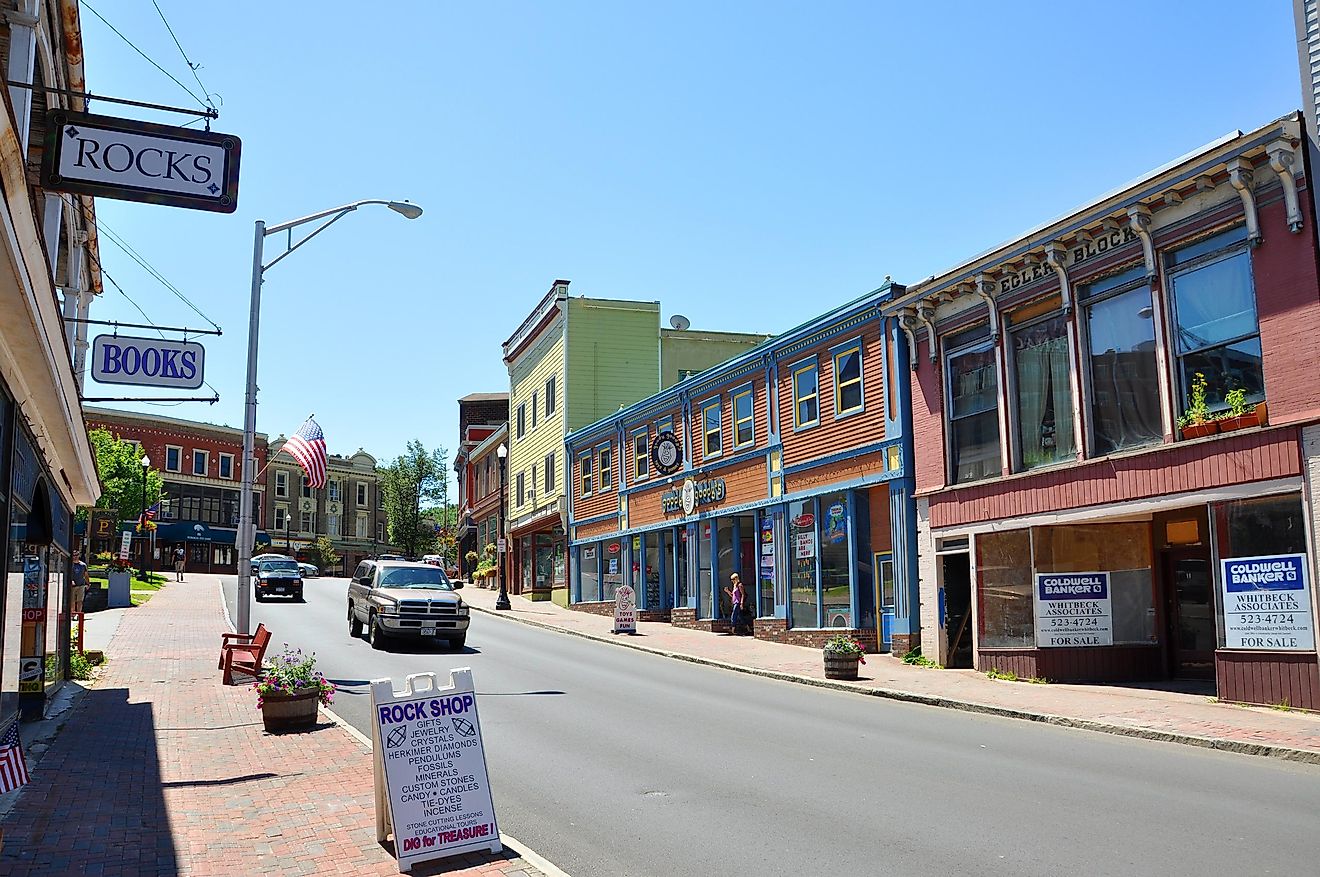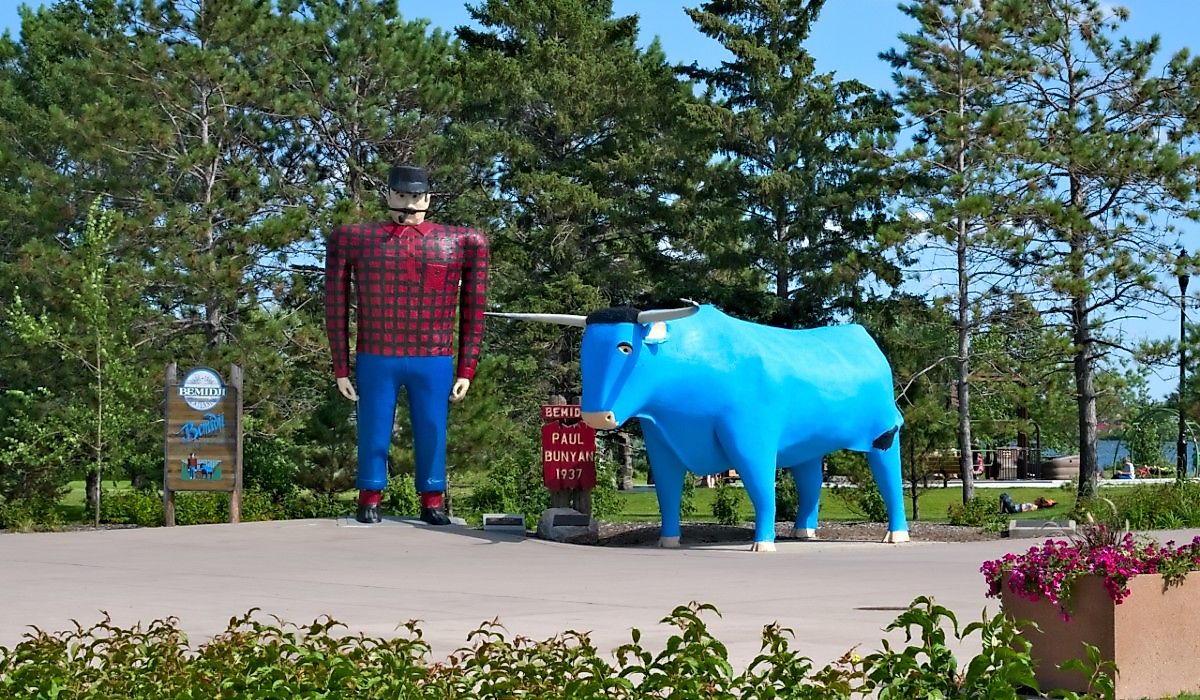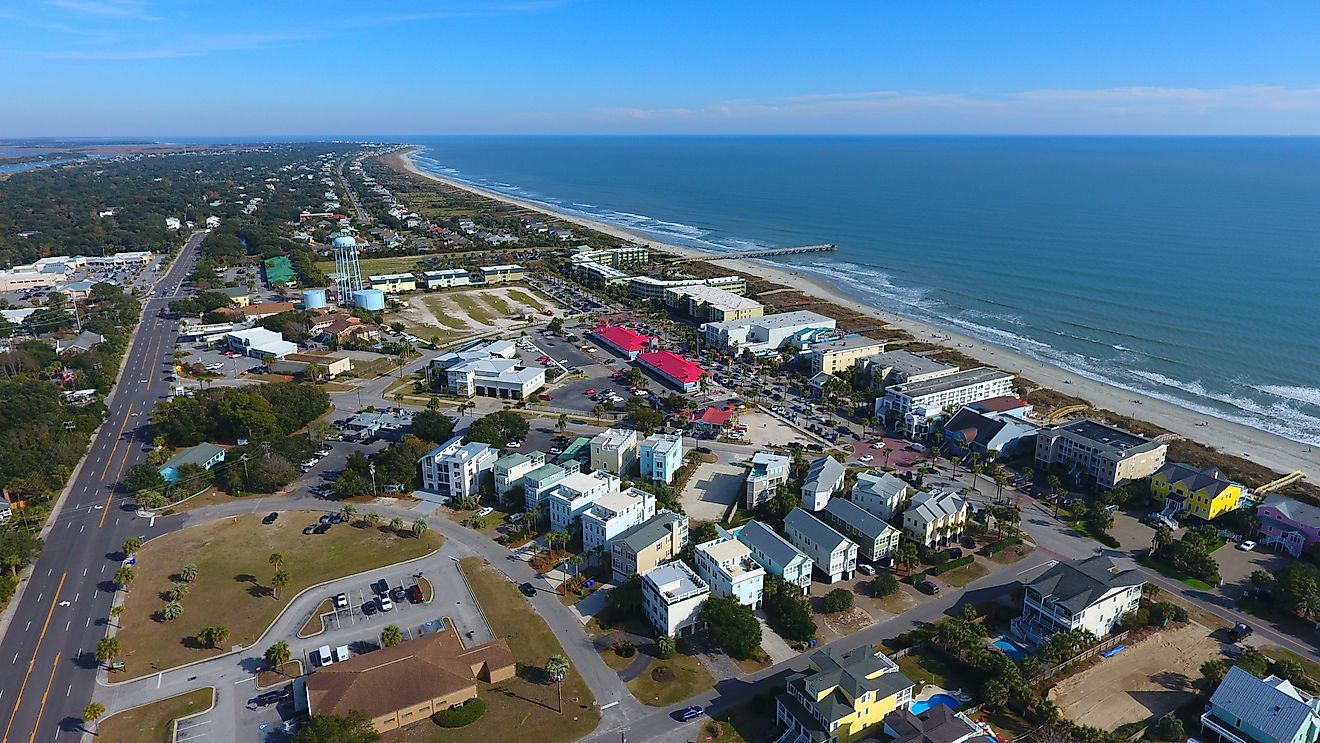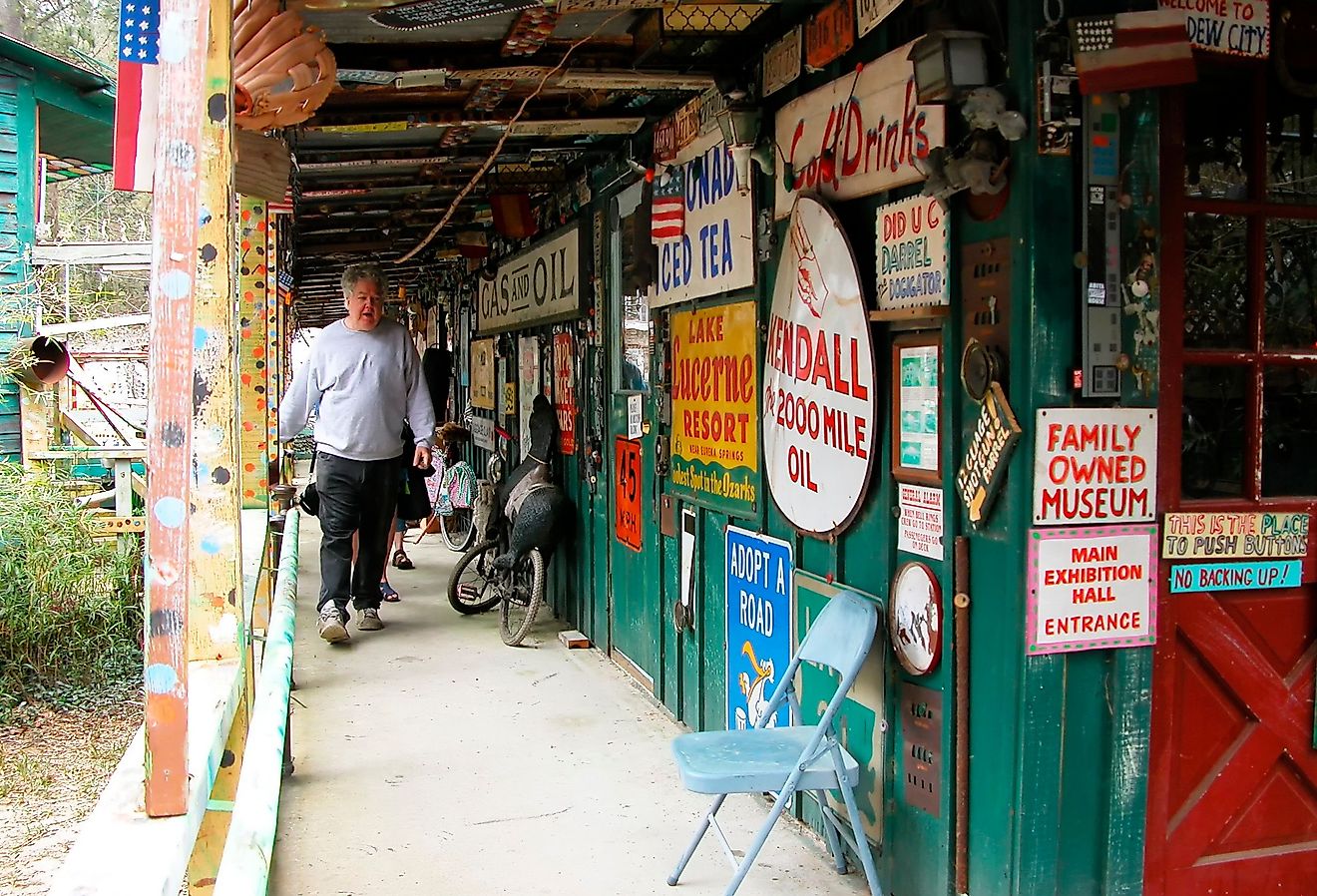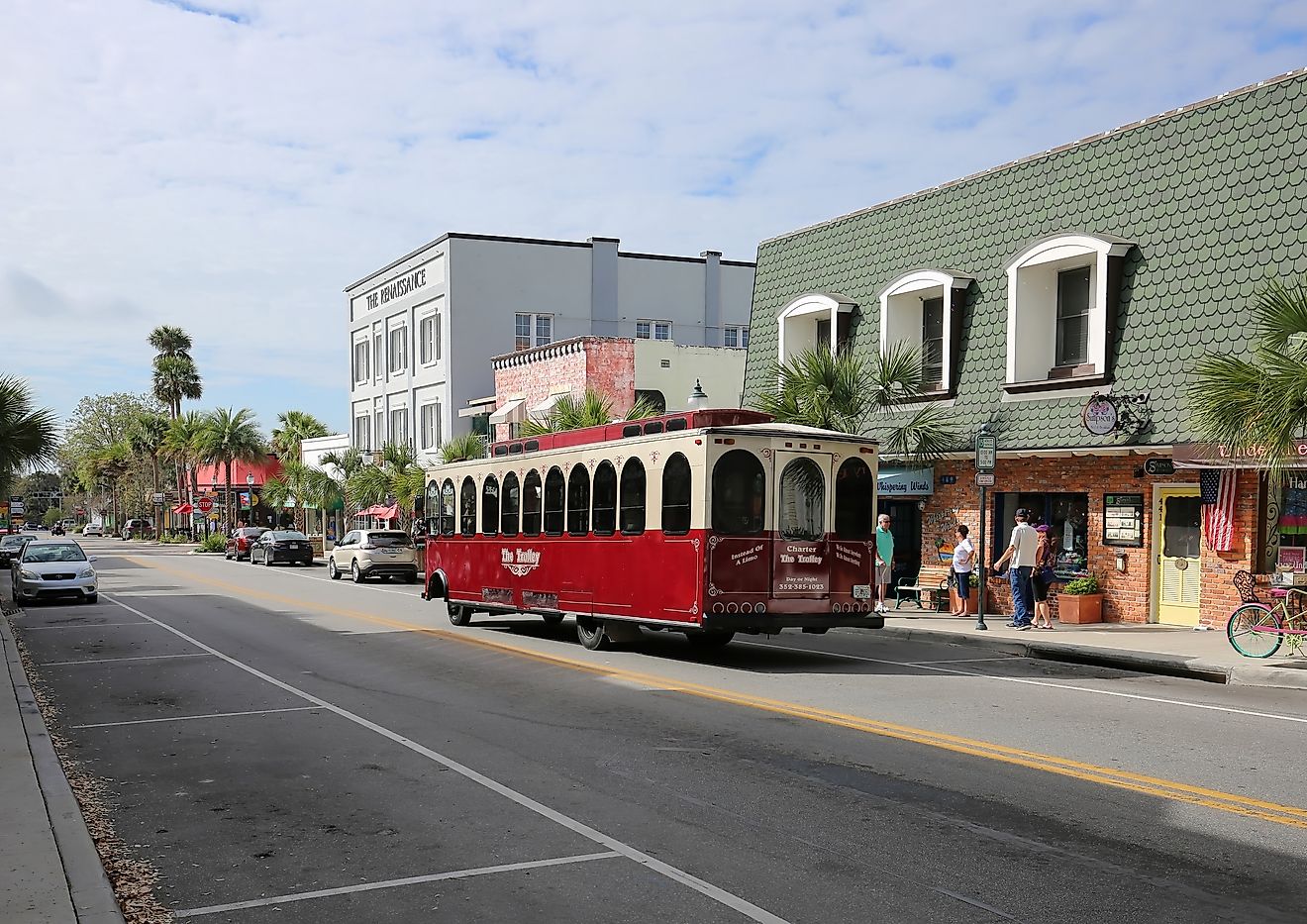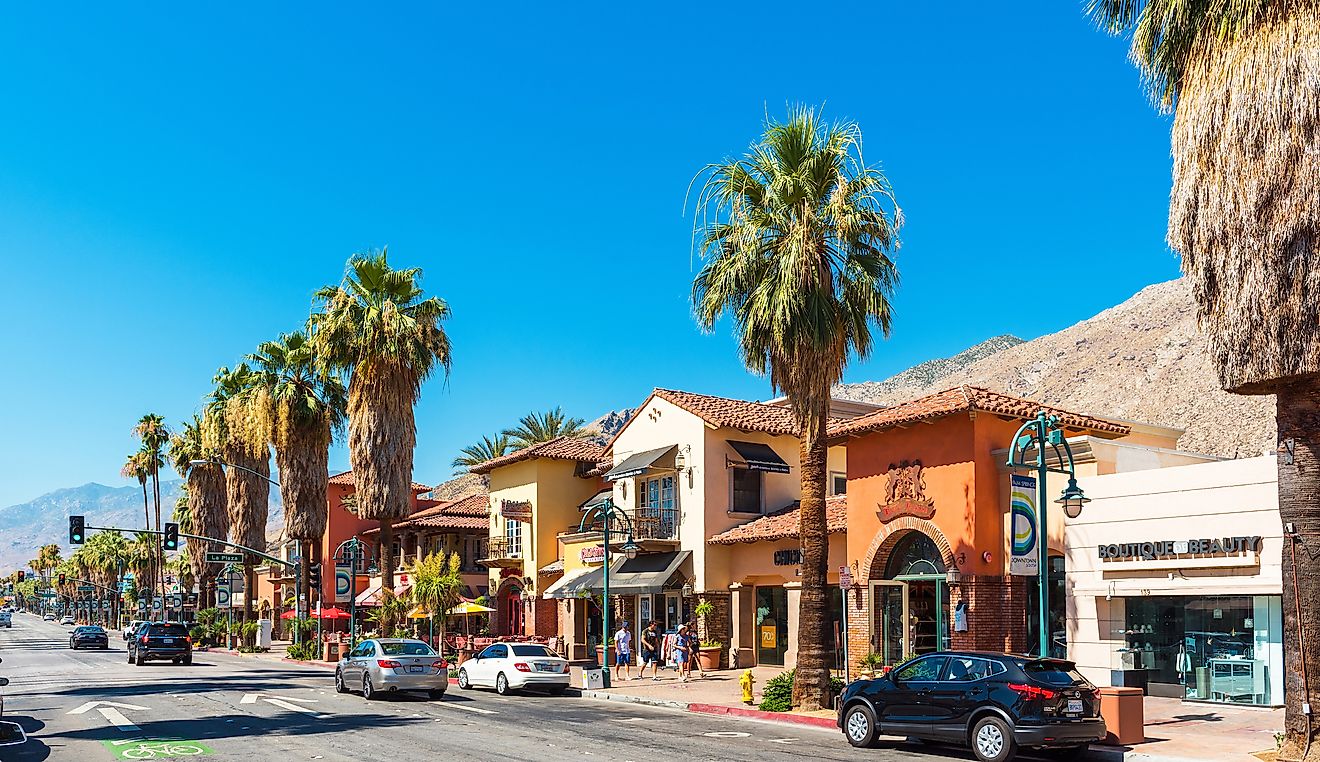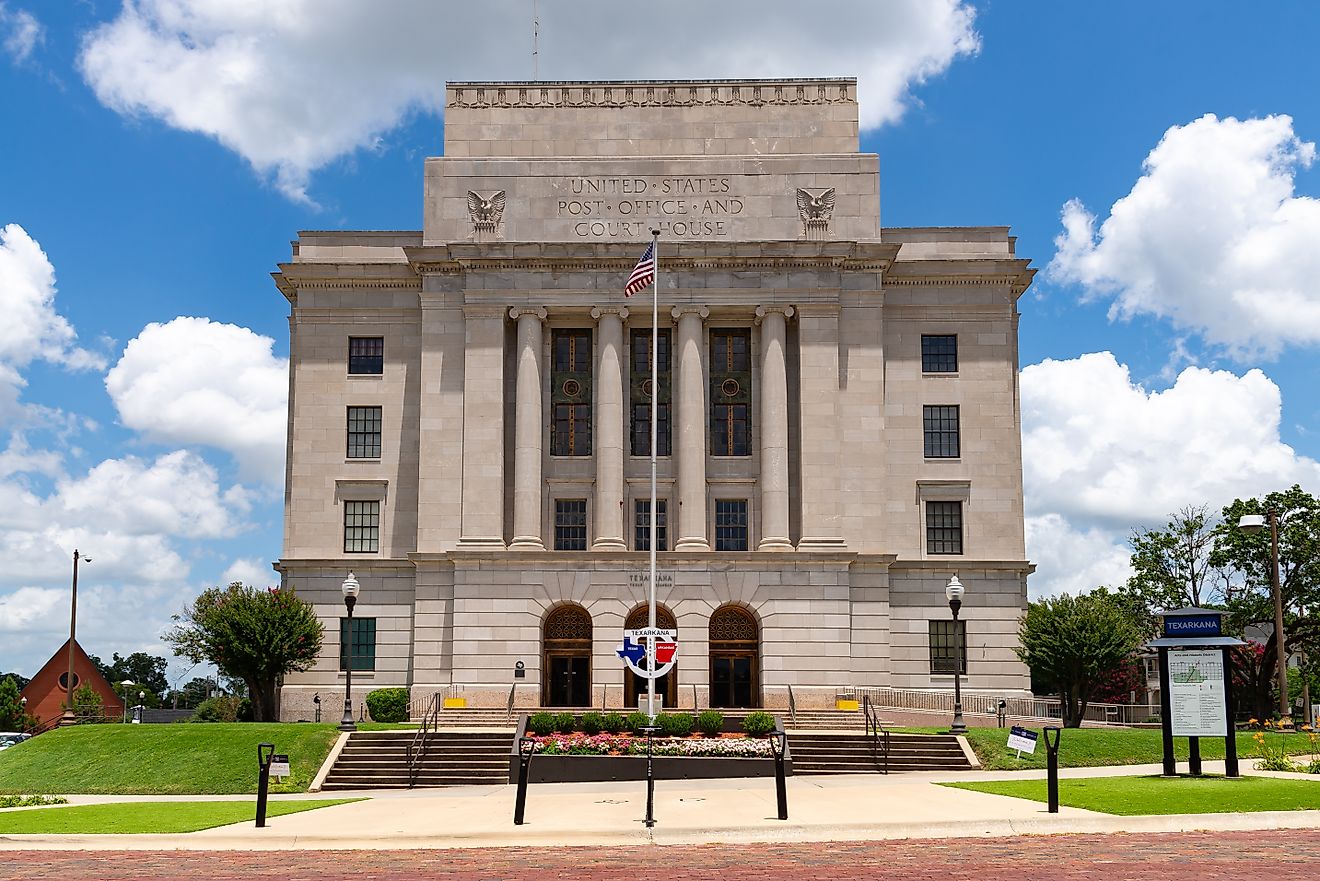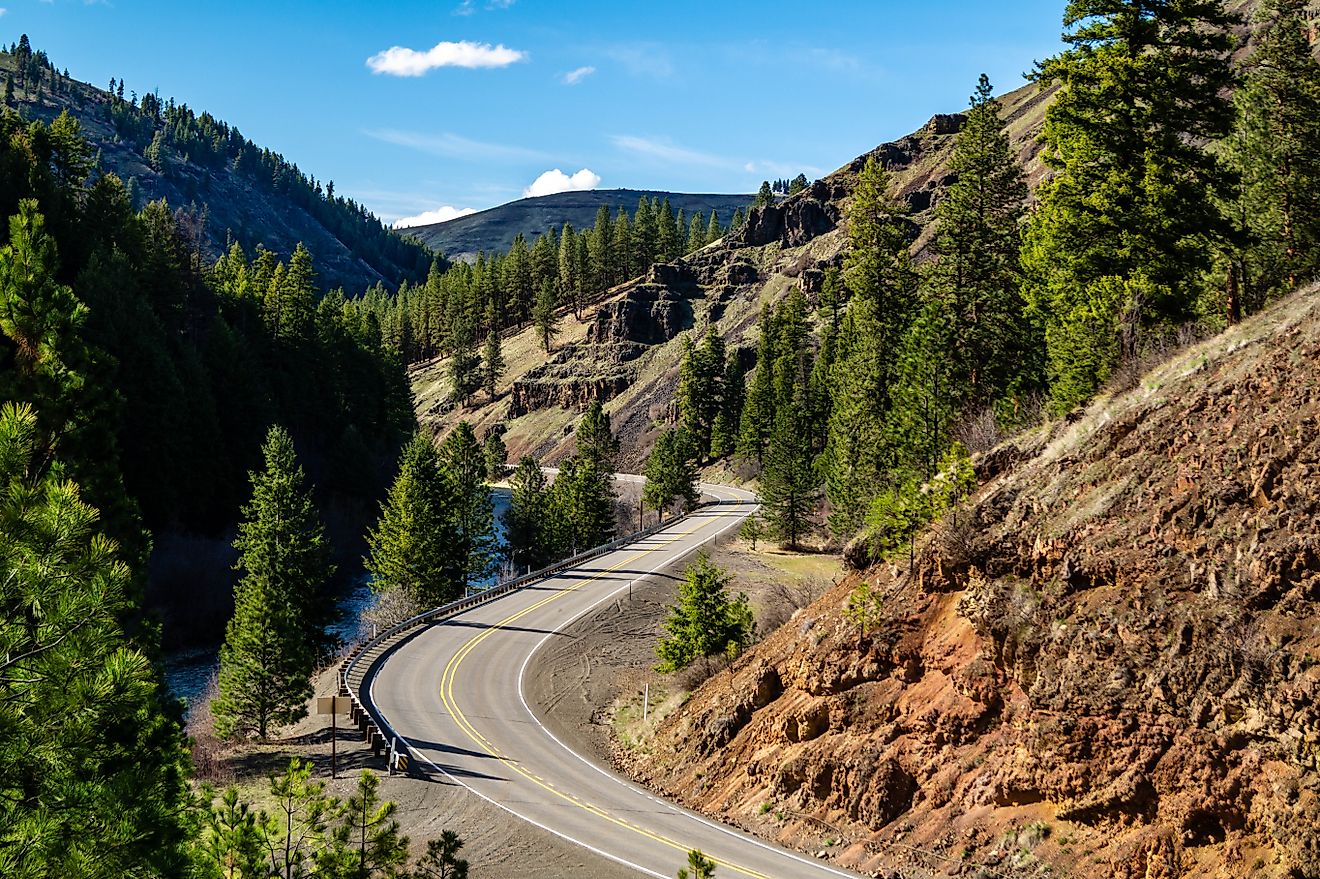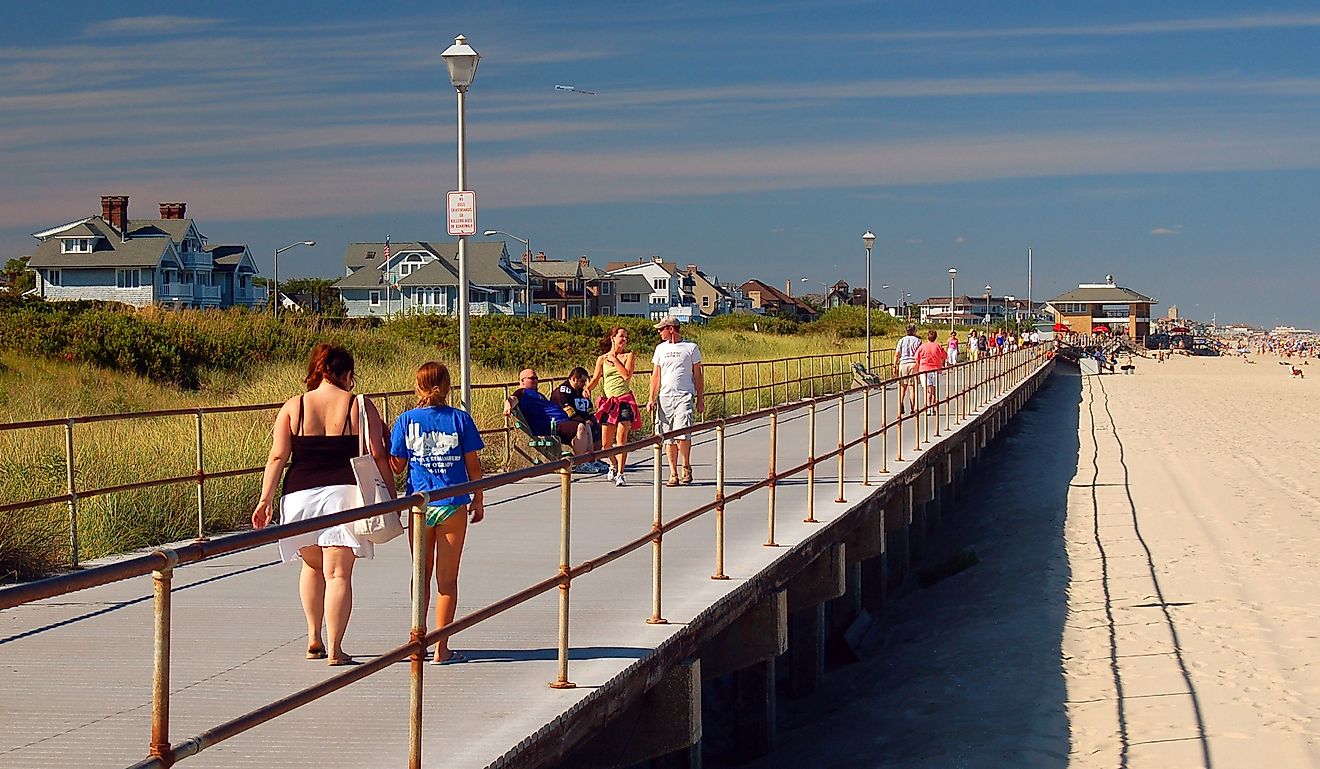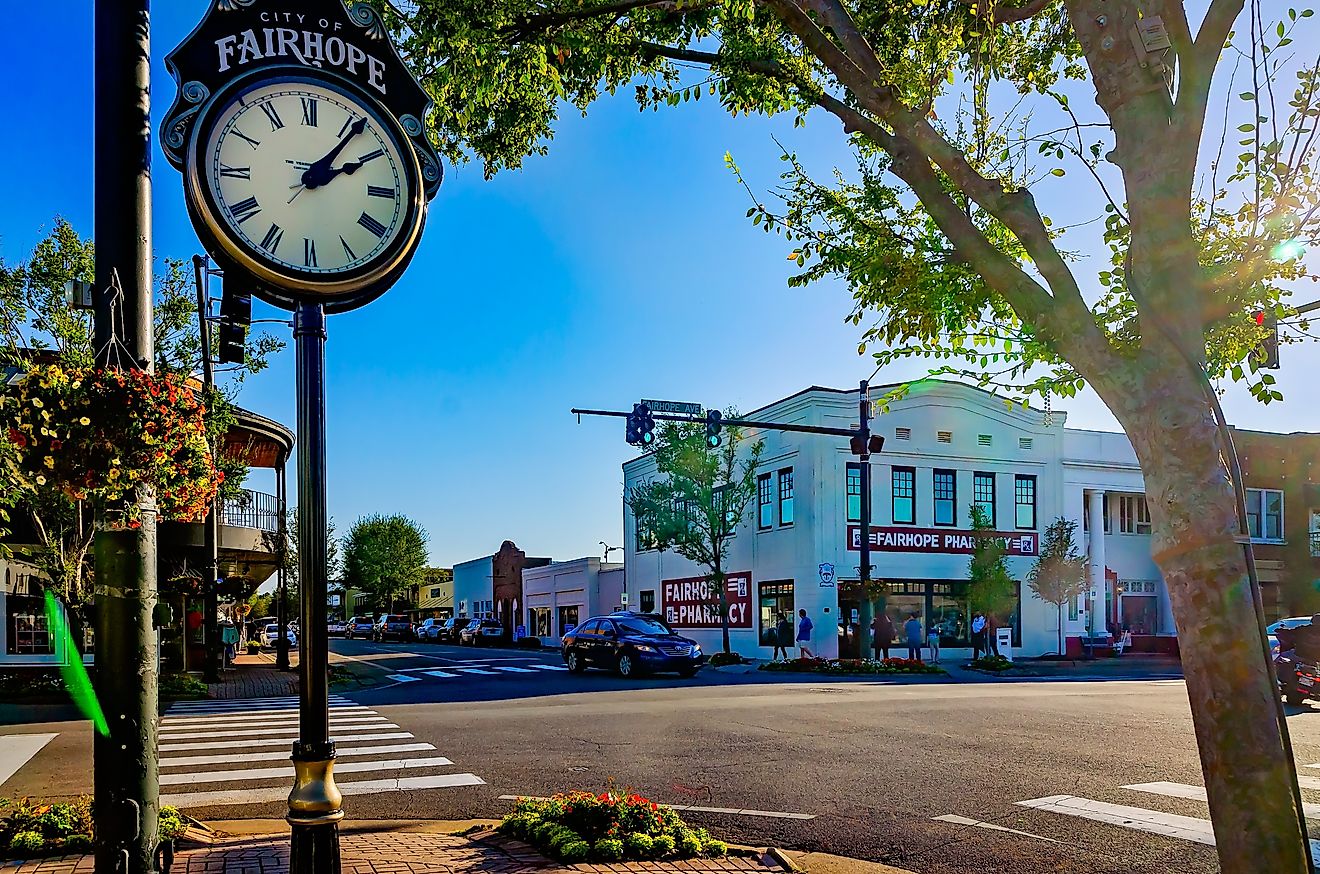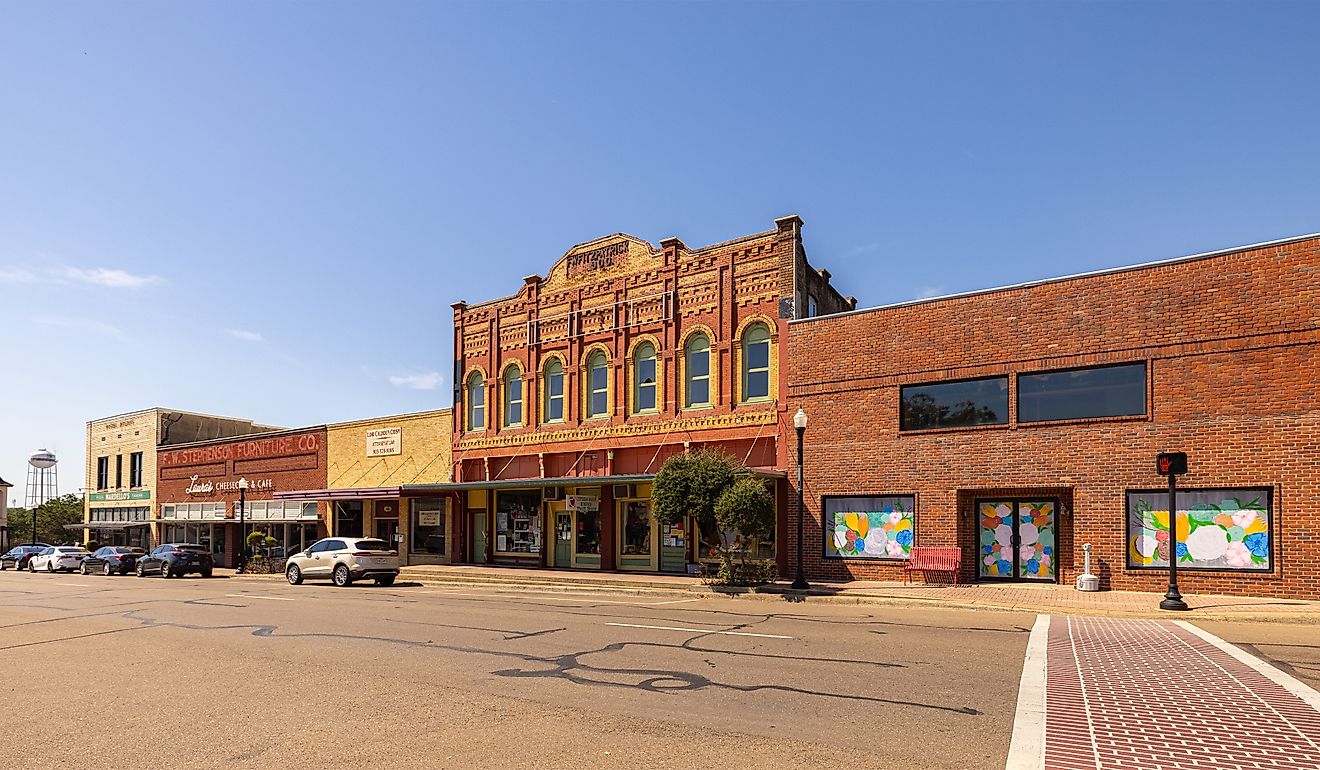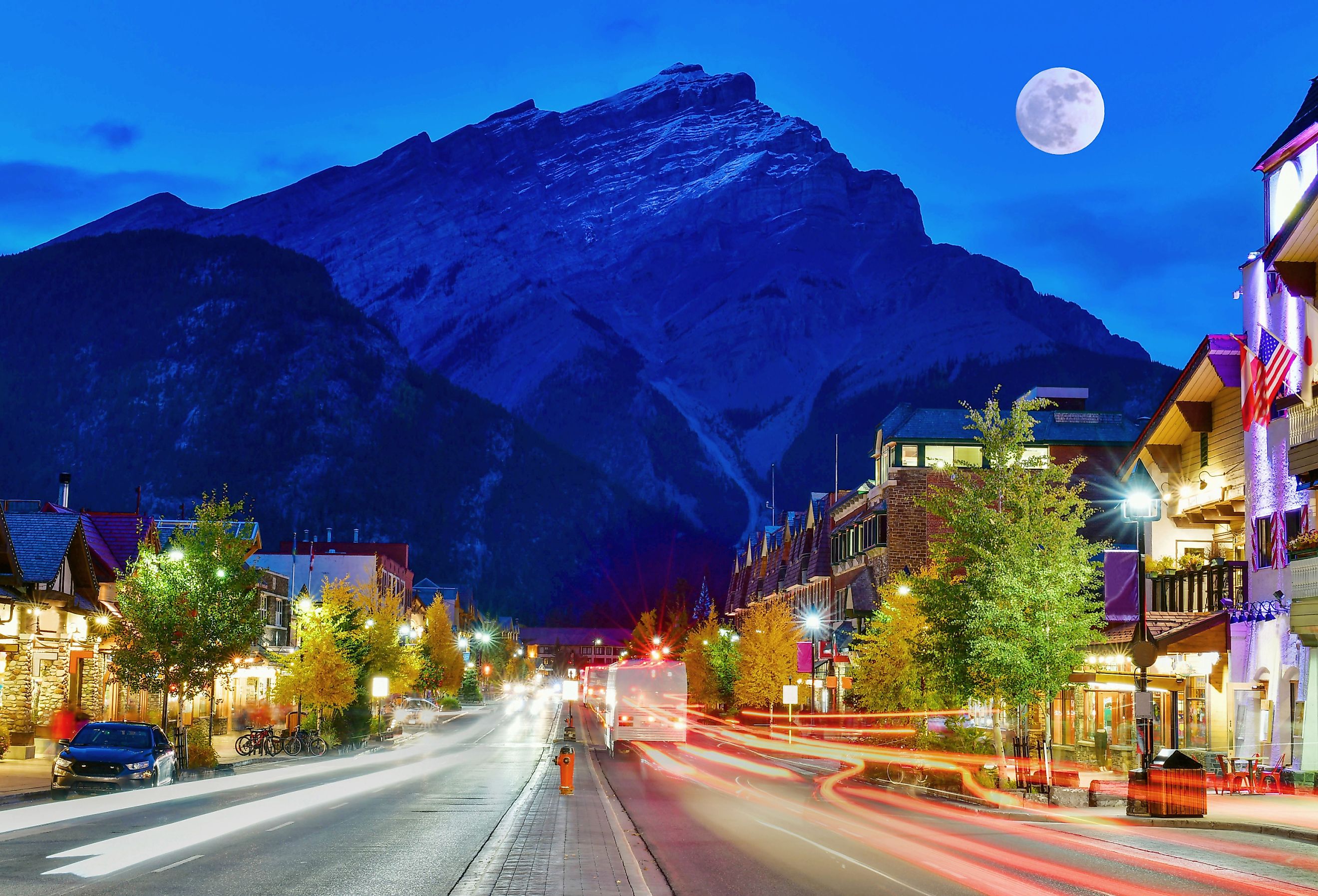
These Towns in Alberta Have the Best Main Streets
Alberta is a ruggedly handsome province in western Canada that blends the golden prairies of Saskatchewan to the east with the lumbering Rocky Mountains (shared with British Columbia) to the west. Therefore, the small towns of the "Wild Rose Country" come in many forms. One-horse, western-style gems, energetic alpine towns, summer lake-town getaways, and chilled-out communities are in the overlooked foothills. These seven Alberta small towns are all surrounded by impeccable natural beauty, but they also pack cute and engaging main streets. Since I lived in Calgary for the better part of a decade, let us start things off with my personal favorite Rocky Mountain community.
Canmore
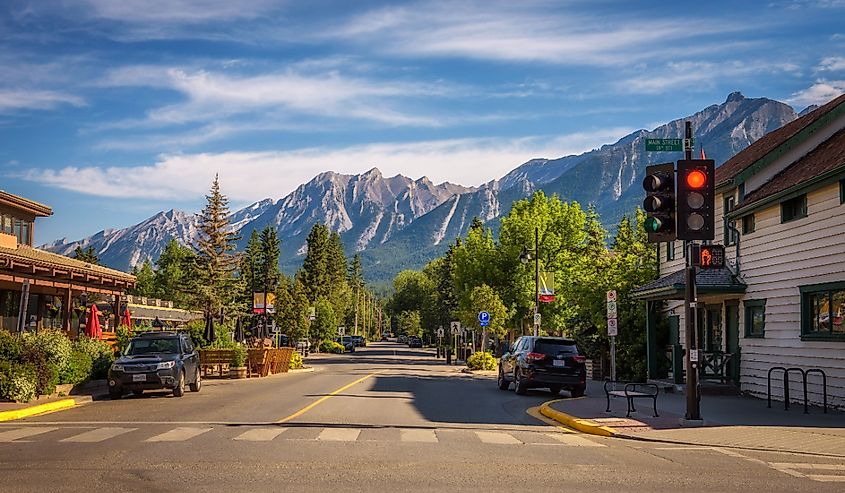
In recent years, Canmore has experimented with a pedestrian-only main street, 8th Street. It was such a success that the initiative now continues each summer when foot traffic is at its peak. Now, visitors can let their gaze waver amongst the anthropomorphic peaks that surround this beloved Alberta town without having to worry about the rules of the road. On the west side, Ha Ling and EEOR (East End of Rundle) stand side by side above the Canmore Nordic Center; on the east side, the hulking Grotto mountain and the commanding front face of Lady MacDonald complete the "Four Corners," and the trifecta of distinct peaks known as the "Three Sisters" gladly punch up the southern skyline. Back down at street level, Canmore is ripe with bagel shops, coffee shops, independent sporting goods retailers, cool little mountain bars/restaurants, streetside patios, and everything else to support big days in the wilderness or casual retreats to this vibrant community.
Banff
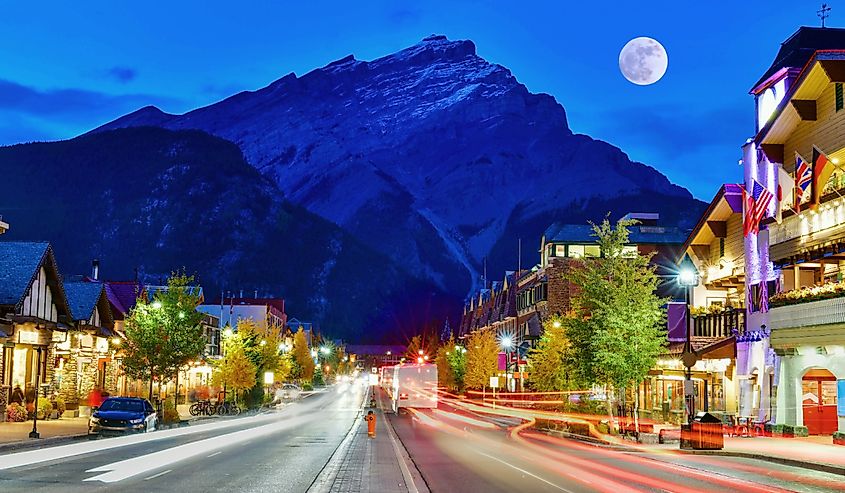
Just up the road from Canmore is one of Canada's most popular places. Last year, over 4 million people visited Banff National Park (which puts it on par with US national parks like Acadia and Rocky Mountain), and the majority of those tourists made their way into the Town of Banff and its frenetic main drag: Banff Avenue. While outdoor purists do their best to avoid Banff's main street, many, myself included, find it endearing. People worldwide come to marvel at the Rocky Mountains and the corresponding iconic wildlife (it's not uncommon to see deer, bighorn sheep, and even the occasional bear floating right through town). Banff Ave is flanked by the impressive Cascade Mountain (north), the long sloping face of Rundle (east), and, on the south side of the Bow River, Sulphur Mountain (with its gondola and adjacent hot springs). Walking Banff's main street will bring you past fudge, souvenirs, clothing shops, lots of social bars and restaurants, and eventually, to the world-famous (reportedly haunted) Banff Springs Hotel.
Bragg Creek
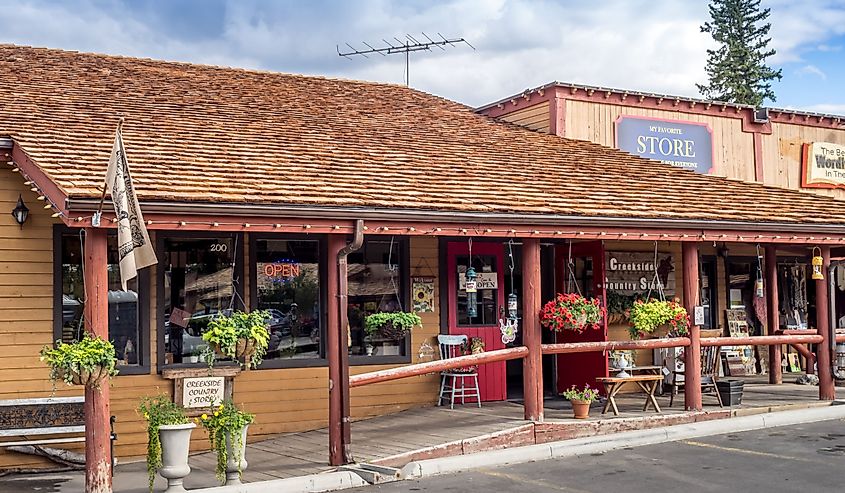
Less than 40 minutes southwest of Calgary, just beyond the Tsuu T'ina Nation's boundary, lies an old-fashioned hamlet called Bragg Creek. Situated on the Elbow River, in the foothills of the Rockies, Bragg Creek is the first point of contact for city folks seeking respite (or adventure) in the mountains. It has an enormous, year-round trail system, great riverside (and waterfall adjacent) picnic spots, campgrounds, and moderately challenging mountain scrambles. But one of the biggest charms of Bragg Creek is its core communal area. Less of a main street and more of a central gathering point right as motorists arrive on Highway 22, this charming collection of ice cream parlors, wild west saloons, cafes, restaurants, and supply hubs is the perfect bookend for a day in nature. I usually like to grab a light bite before a hike and then wash the day down with a big ol' burger and a craft pint.
Jasper
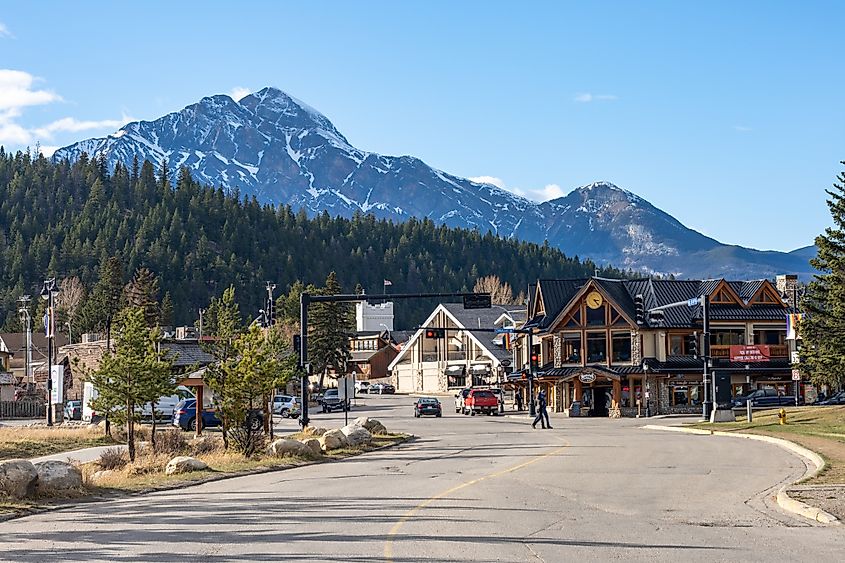
Banff's less congested cousin, Jasper, sits about 300 kilometers (186 miles) to the northwest along the banks of the Athabasca River. This alpine and railroad town is the focal point of Jasper National Park, which, like Banff National Park, is part of the Canadian Rocky Mountain Parks UNESCO World Heritage Site. Although Jasper receives a little over half the traffic of Banff (i.e., 2.4 million annual visitors), it is still the second-most popular national park in the country. Jasper's "main street" is a designation that could be shared amongst Connaught Drive and Patricia Street. Both are surrounded by the striking peaks of the northern Rocky Mountains and many of the best hotels/hostels, restaurants, breweries, cafes, etc., are split amongst these parallel strips.
Cochrane
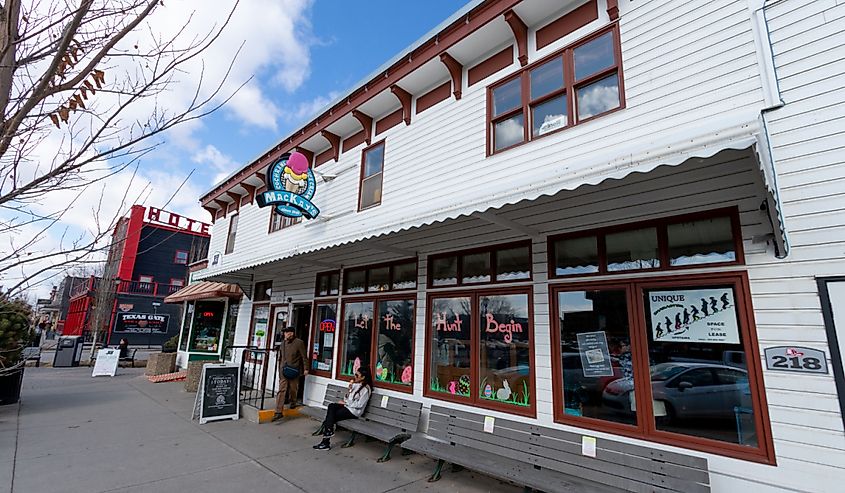
Cochrane is a small(ish) town that is just about 40 minutes west of downtown Calgary and even closer to Bragg Creek. Surrounded by ranches, private acreages, and the looming foothills of the Rockies, Cochrane merges its own wild west roots with that of a modern, expanding community (Cochrane has attracted 15,000 new residents in the last decade). This blend can be felt most prominently in the historic downtown. This humble stretch has the everyday Canadian essentials, like Home Hardware, gas stations, and the courthouse, but also a camping and outdoor store, a cozy bookshop, popular, independently-owned restaurants, a delicious ice cream parlor, and Alberta's specialty as of late: a hip coffee shop and a craft brewery. With all the comforts of Cowtown but even closer proximity to the mountains, it is no wonder why people are flocking to Cochrane as of late.
Sylvan Lake
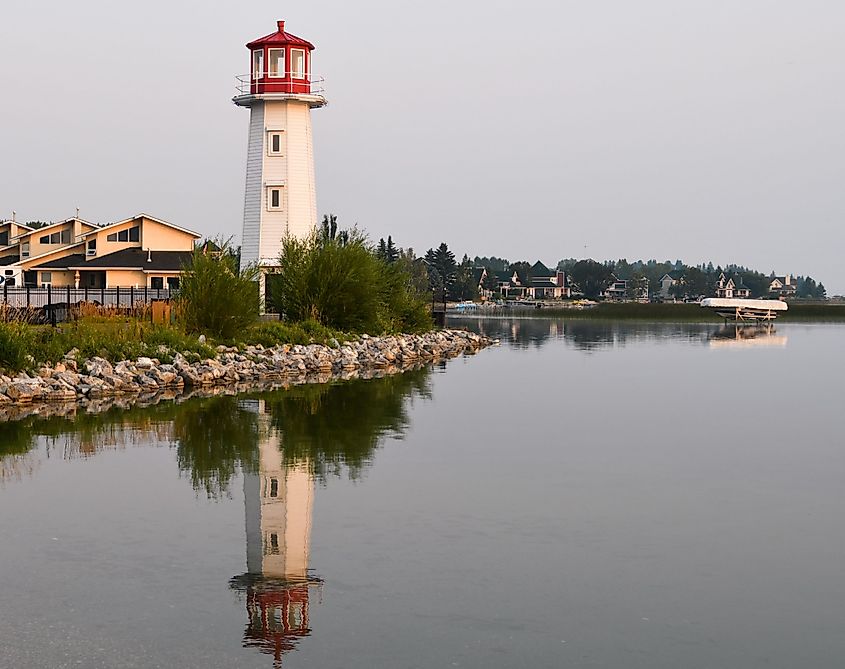
Sylvan Lake is the name of the 15-kilometer-long (10-mile) body of water and charming town on its southern shore. Located just 25 kilometers west of Red Deer (Alberta's third-largest city), Sylvan Lake is a popular summer getaway (averaging 760,000 visitors during the fair-weather season) but also boasts a luminous Winter Village and skating rink to bring a little warmth and cheer to those long Canadian off-seasons. The town's focal point is the long shoreline road, appropriately named Lakeshore Drive. It parallels Sylvan Lake Park's poplar-lined walking path and simple beaches. En route around the lake's southern extent, it bypasses several eateries, the Sylvan Lake Aqua Splash waterpark, the elegant Rotary Lighthouse, Lakeside Go Karts and Mini-Golf, various lodging options, and the marina.
Fort Macleod
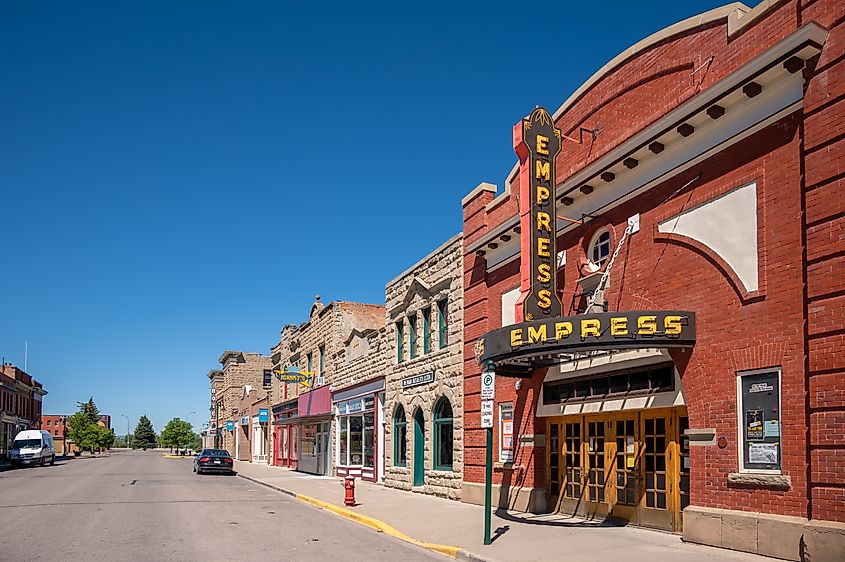
Southern Alberta's Fort Macleod was the first North-West Mounted Police settlement (a fact forever enshrined at The Fort Museum), and it is a popular place from which to visit Head-Smashed-In-Buffalo Jump (a UNESCO World Heritage Site commemorating approximately 6,000 years of Blackfoot and Plains People culture). But this quiet prairie town also has a main street (i.e., 24th Street, and to an extent, the Crowsnest Highway) that has undergone quite a transformation and has been used as a set on several blockbuster movies (including: Interstellar, Brokeback Mountain, Ghostbusters: Afterlife, and Let Him Go). After the 1906 fire destroyed most of the original wooden buildings, Main Street was rebuilt with brick and sandstone structures, giving everything an attractive yet timeless aesthetic. Then, in 1982, this stretch was deservedly included as part of Alberta's first Provincial Historic Area.
Alberta is beloved for its popular national parks, nation-powering energy industry, low tax rates, sunny skies, and personable small towns. These seven Wild Rose communities are well-spaced across the provinces' natural highlights—from glacial lakes to soaring mountains to forested foothills—and each has taken a distinct approach to building up their downtown cores. If you enjoy a leisurely stroll on a unique Main Street, then these Alberta towns are well worth a visit.
